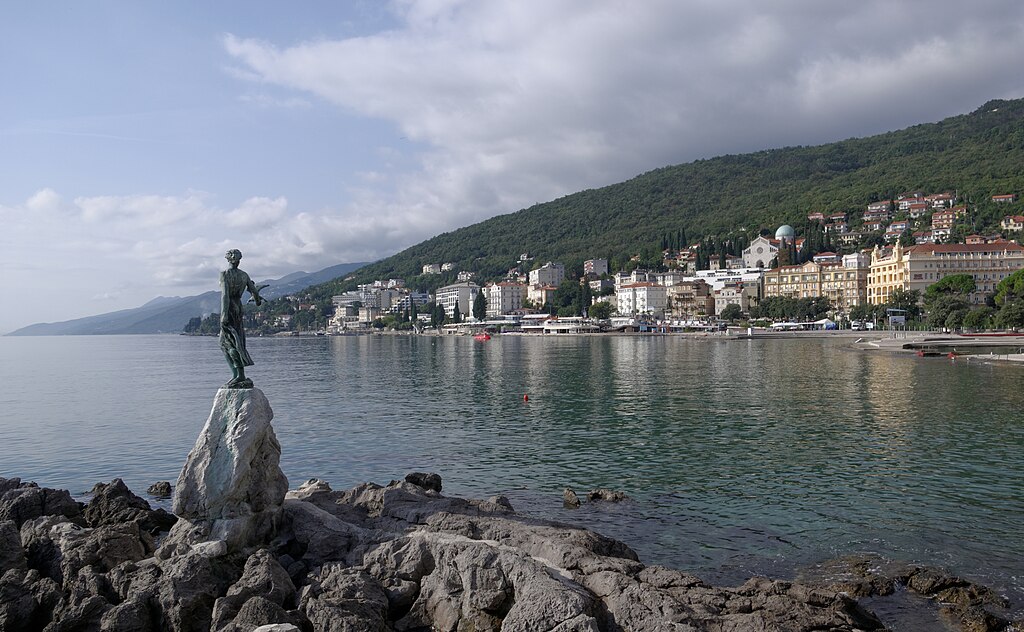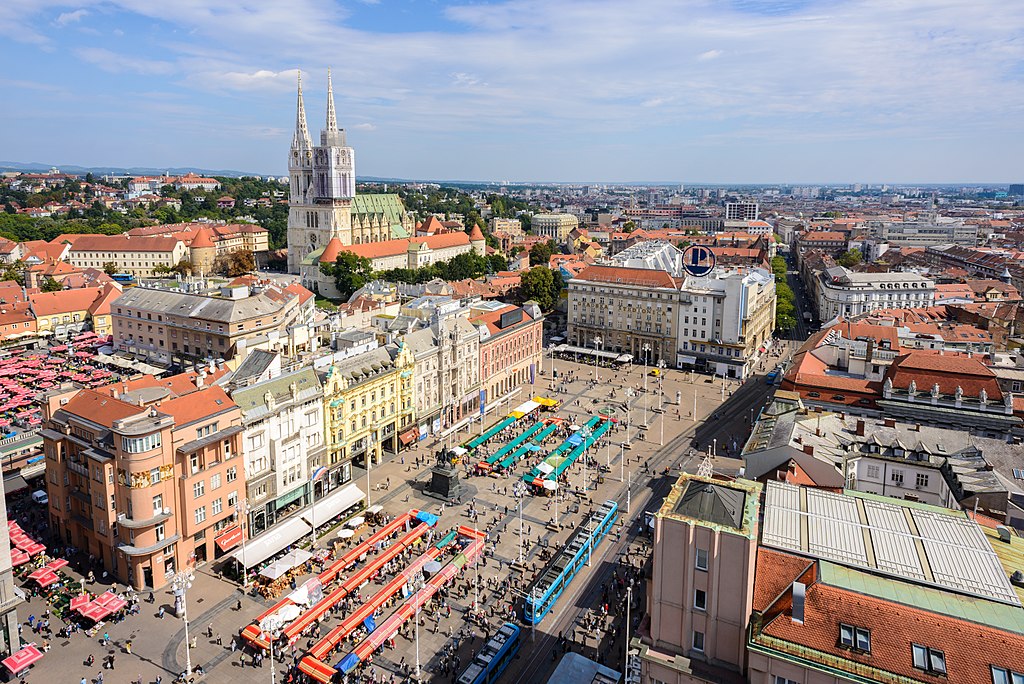For the majority of people who have discovered this country during the past few years, the glorious Dalmatian coast (and the Istrian one, if we’re talking even more recently) are usually the thing that seals the deal. Everyone wants to be as close as possible to the alluring Adriatic Sea, but what about the rest of the country?
Unless you’re arriving here after a lottery win, with a handsome foreign pension or with some secure employment (preferably with a foreign company based here), life is not easy on the coast. It’s as harsh as it is beautiful when it comes to making a living, and Croatia’s demographic crisis which has spread from the Eastern part of the country to the coast is a testament to that.
Tourism is more or less all you can do, and that implies a very demanding way of life during the summer which leaves you twiddling your thumbs come winter.
Zagreb, on the other hand, while not being immune to demographic problems, has been on the up in the business and tech scene for a while now.
The Croatian capital has gone from the city people fly into before dispersing to various coastal destinations to a tourist destination of its own during recent years. With tourism comes money, and following that – investments and foreign capital. This bustling, modern European city is now the home of a variety of multinationals, and the IT and tech scene is booming. The case for living here has never been better.
If you’re a remote employee earning a foreign salary, life here will be even sweeter.

Close to Slovenia, Hungary, Austria, skiing and the sea
While it is inland, you’re never far from the sea when in Zagreb, with Rijeka and the Kvarner area being less than two hours away. You can ski in Slovenia’s Julian Alps and then go for a swim in the town of Opatija, known as Croatia’s “first lady of tourism” and dominated by stunning Austro-Hungarian architecture.
Basing yourself in Zagreb will see you positioned close to the borders of two neighbouring countries and not far from a third. Croatia’s Schengen entry this year also facilitates borderless travel between all three. You can easily head off to Hungary or Austria, with Hungary’s beautiful Lake Balaton beckoning and the picturesque Austrian town of Graz having been a firm favourite for shopping for Zagreb’s residents for decades.
Zagreb is incredibly safe
On the many international lists Zagreb keeps popping up on, you’ll notice safety being more or less always the No. 1 trump card. You can freely walk around in Zagreb at all times of the day or night and feel safe. Violent crime of course happens as it does everywhere else, but it is incredibly low in Zagreb considering it’s a capital city. Most criminal offenses here are driving ones.
In 2022, Zagreb was listed among the Top 10 cities for solo travel for women in the world.
Cost of living and the tech scene
While the cost of living in Zagreb has certainly gone up, much like it has everywhere else, it is still very doable for people moving from either Western Europe, or from across the pond. As I stated above, if you’re a digital nomad or you have income or a pension from abroad, this will absolutely be a plus for you. It’s more difficult if you’re earning a Croatian wage, so keep that in mind if you’re considering employment locally.
Most tech companies based in Zagreb pay very decently, so if you’re qualified in that field, budgeting for a normal life here shouldn’t be too much of a headache.
You only need to earn 3,130 euros per month in Zagreb to maintain the standard of life that costs 4,000 euros per month in Vienna, according to crowd-sourcing data website Numbeo. But, a person working in IT typically earns around 2,200 euros per month in Zagreb, according to Salary Explorer.

Zagreb’s international food scene
Now, it isn’t quite at London’s standards when it comes to the international cuisine on offer, but I’ve witnessed this city go from Ćevapi to offering an abundance of food over the last few years. Unlike many other places in Croatia which are slow to catch up, you’ll be able to enjoy Indian, Chinese, Lebanese, Greek, Latin American and other international dishes alongside classic Croatian ones, be they fish from Dalmatia, truffles from Istria or traditional continental Croatian dishes such as Zagorski štrukli.

Zagreb is an incredibly green city
While brutalist and socialist architecture blends in with grandiose Austro-Hungarian buildings and ultra modern skyscrapers, Zagreb is far from a mere urban complex. The gorgeous Maksimir Park is a green oasis in this pocket-sized city and this sprawling natural haven is also home to the Zagreb Zoo, allowing you to see some lions before jumping on a tram.
Other parks to note include Bundek, Ribnjak and Zrinjevac. This goes without mentioning Medvednica mountain (locally known as Sljeme), which hosts the Snow Queen ski race and boasts a cable car to take you to the top, where you can enjoy a meal in the restaurant and spot deer and boar. While Medvednica is named after the bears which once lived there, they haven’t dwelled in the mountain’s forests for centuries. So, hiking is also a safe and enjoyable option.
Safety, nature, proximity to the coast and to other countries, an increasingly present international scene and excellent air connections (thanks, Ryanair!) to a huge array of European cities for very little money make Zagreb absolutely worth considering if a move to Croatia is on the cards.
––––––––––
Read more about Zagreb here in Dispatches’ archives.
Read more about Croatia here.
Read more by Lauren here.

Lauren Simmonds
Lauren Simmonds is the editor of Total Croatia News, the largest English language portal in Croatia. She lives in Zagreb, Croatia, and is a translator, content writer, interpreter and the co-author of "Croatia - A Survival Kit for Foreigners," which was published in 2022.















